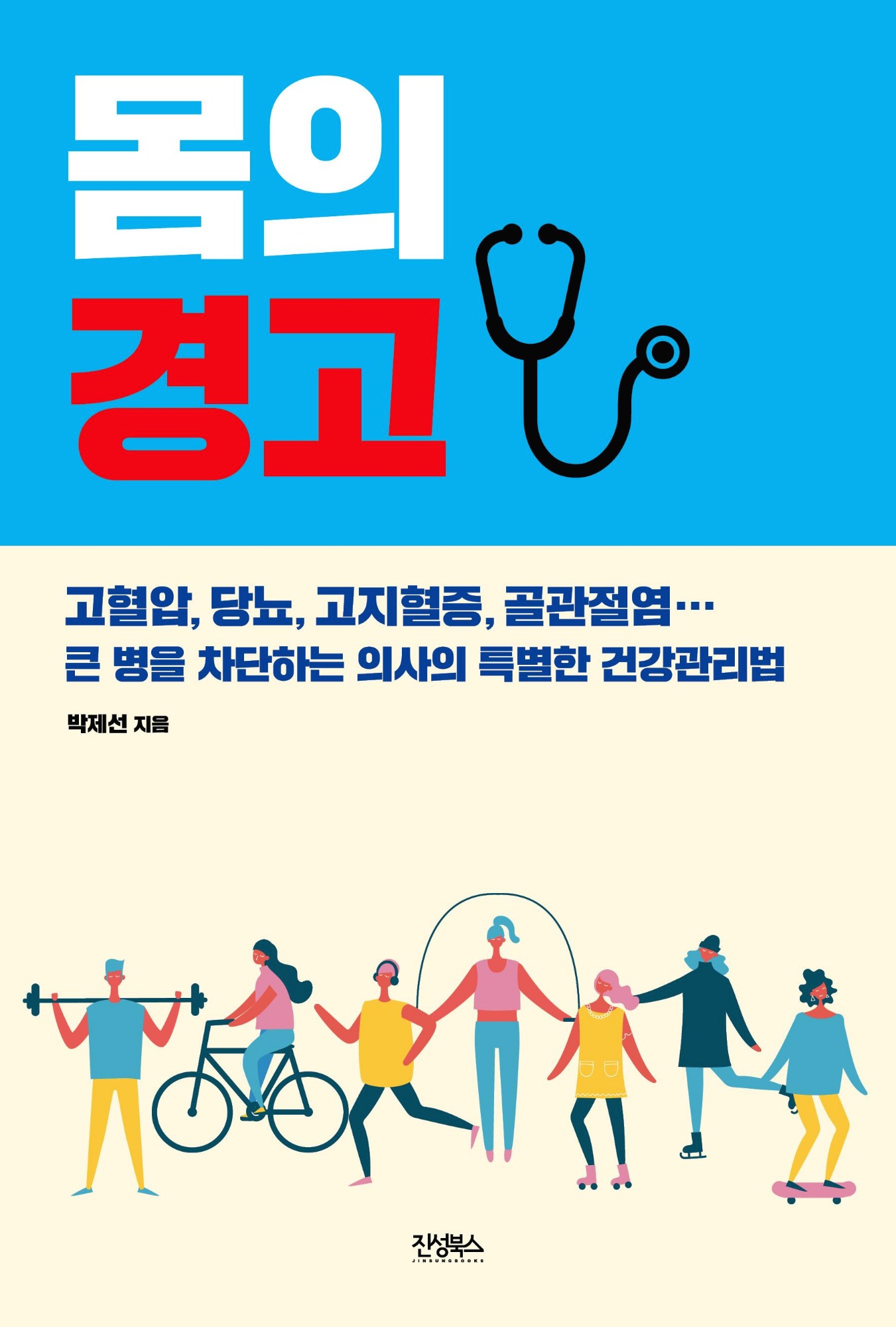Love and Fear and the Modern Boss
Five hundred years ago, Niccolò Machiavelli posed the question of whether it is better for a leader to be loved or feared, concluding that if you can’t be both (and few people can), being feared is more effective. While the complexities of human nature resist definition in such stark terms—behaviors lie along a continuum—the question of fear versus love has been a fundamental one for leaders throughout history.
Until a generation or so ago, fear was the predominant model. In the 1950s and 1960s, corporal punishment was common even in public schools, and the workplace was a largely hierarchical and autocratic arena where leaders imposed rewards and punishments based on conformity with the rules. Today, teachers in most of the developed world would instantly lose their jobs for hitting a student, and in the office, too, acceptable models of leadership have shown their softer side. This shift in the predominant leadership model reflects the move from an industrial to an information economy. In factories, you need strict rules and you reward people based on very simple and clear productivity metrics. Knowledge workers don’t respond well to such rigidity, and fearful service employees would have trouble putting on a good face for customers. In fields like advertising, tight controls stifle creativity and commitment.
But even in the developed world, plenty of leaders still rely on fear, and many people continue to put up with it. One reason is simply that people rationalize the fear model as “just the way things are done around here,” as is the case with hazing, arguably a form of leadership among students. Another reason is that some people feel a sense of pride and accomplishment in toughing it out; they find satisfaction in meeting the standards of a very demanding boss. Others simply prefer an autocratic style over an empowering one; they don’t want to decide how to do their work but would rather just know the rules and follow them. Still others actually believe that they will ultimately be more successful with a strong boss, one who will push them beyond the limits to which they’d stretch themselves.
It’s just as well that we have people who can work under these bosses because some circumstances still call for a fear-based style of leadership—where you want to discourage risky behavior, such as in a nuclear power plant. With the stakes so high on safety, tight control—not improvising—is prudent. Employees tend to self-select into these companies. Leaders need to do the same—find roles that match their temperaments.
Indeed, if a leader is stern and autocratic—even rude and insulting—he can inspire great respect if he is also authentic, and if he genuinely cares about the people working for him. Two of the most successful coaches in the history of college basketball exemplify Machiavelli’s two extremes—the feared Bobby Knight at Texas Tech and Mike Krzyzewski, Duke’s beloved Coach K—and both have won devoted followings among players. Coach K, whose leadership style relies on open communication and caring support, wrote a book called Leading with the Heart. Knight, on the other hand, has had a career marked by controversies about his harshness, including allegations that he choked a player during practice. Despite his bullying, he inspires tremendous loyalty and even love. Texas Tech players know what they’re getting into, and they know that Knight’s temper is integral to his being—and that he truly cares about them.
That’s why, five centuries after it was written, we can still take lessons from The Prince. Leading by force and intimidation has its downsides—the potential for the leader’s derailment chief among them. Thanks to his violent behavior and inability or unwillingness to adapt his dominant style to changing societal norms, Knight was eventually fired from his job at Indiana University (though quickly snapped up by Texas Tech). But there are times when the softer approach to leadership is equally ineffective—or simply inauthentic—and rule by fear is the way to go. Successful leaders read the signals and adapt their styles accordingly, but they know their limits. A stretch assignment for a leader might be a developmental opportunity that brings out previously unrecognized strengths—but if the role requires a style beyond the leader’s adaptability, the result is often disastrous.
--------------
결론을 말하자면 사랑은 창조성이 요구되는 환경에, 공포는 임시변통이 허용되면 안되는 rule을 따라야 하는 환경에 적합한 리더십이라고 하네요.
예> 광고회사 <-> 핵발전소
ref: http://hbr.org/2008/01/love-and-fear-and-the-modern-boss/ar/1


 헬스케어산업.pdf
헬스케어산업.pdf

